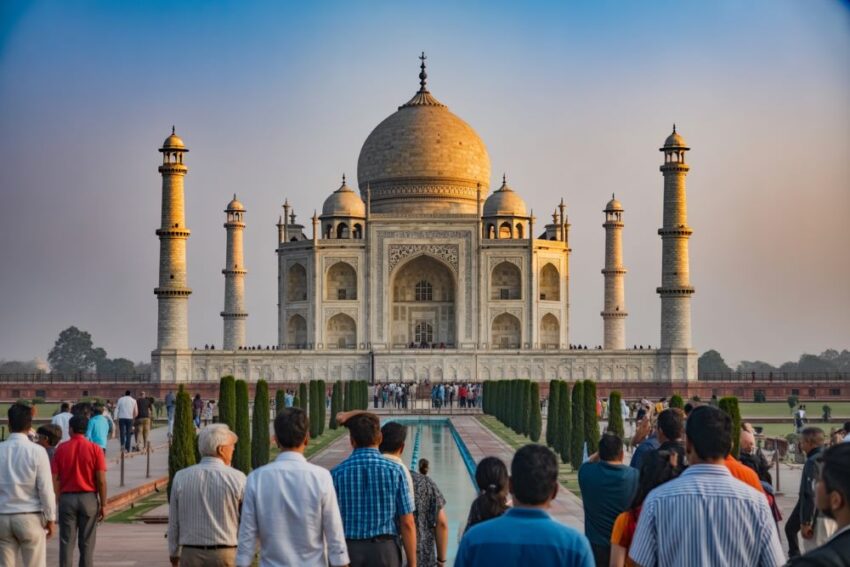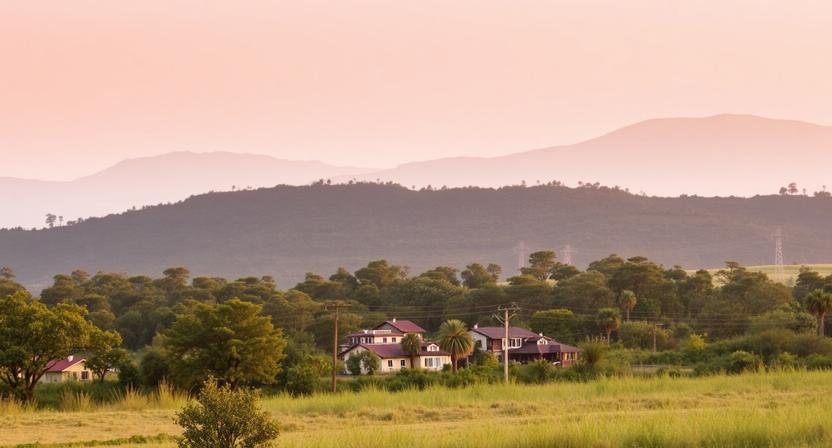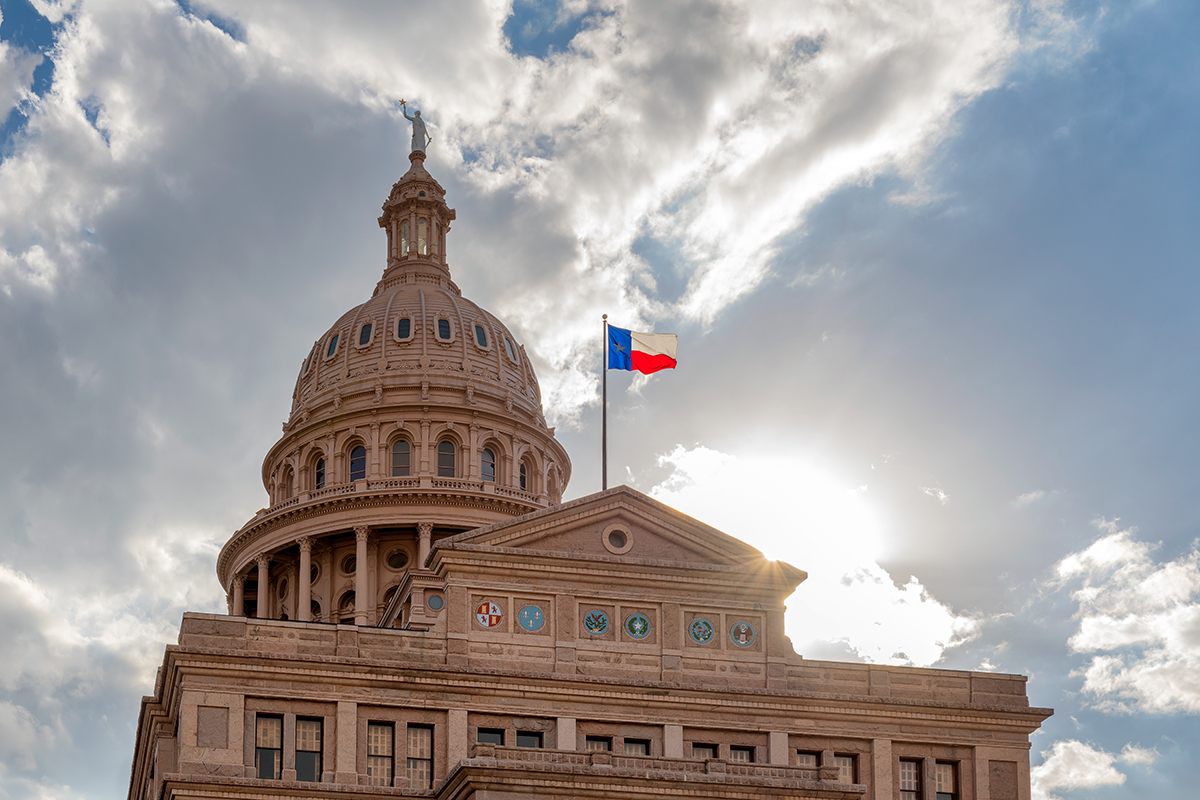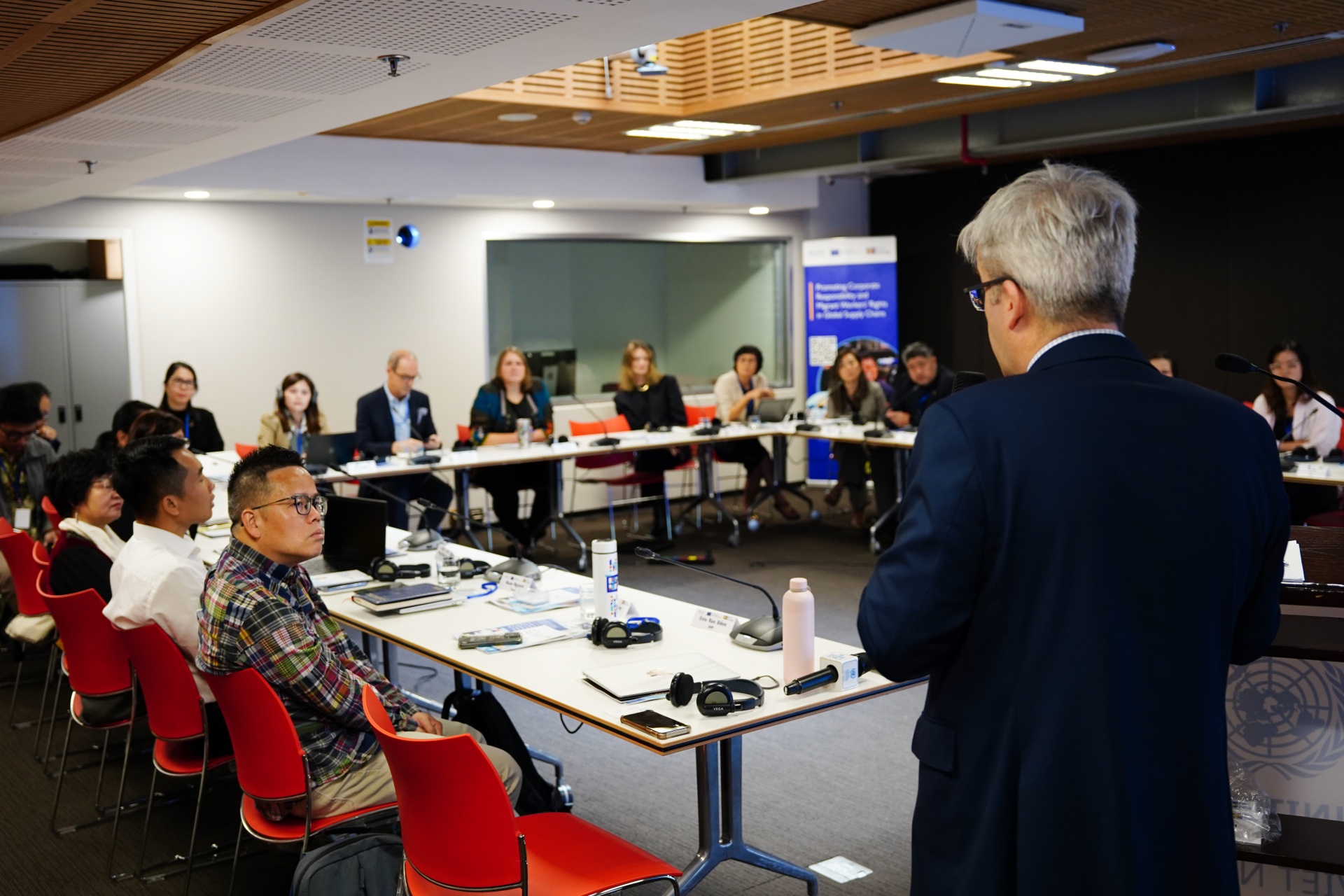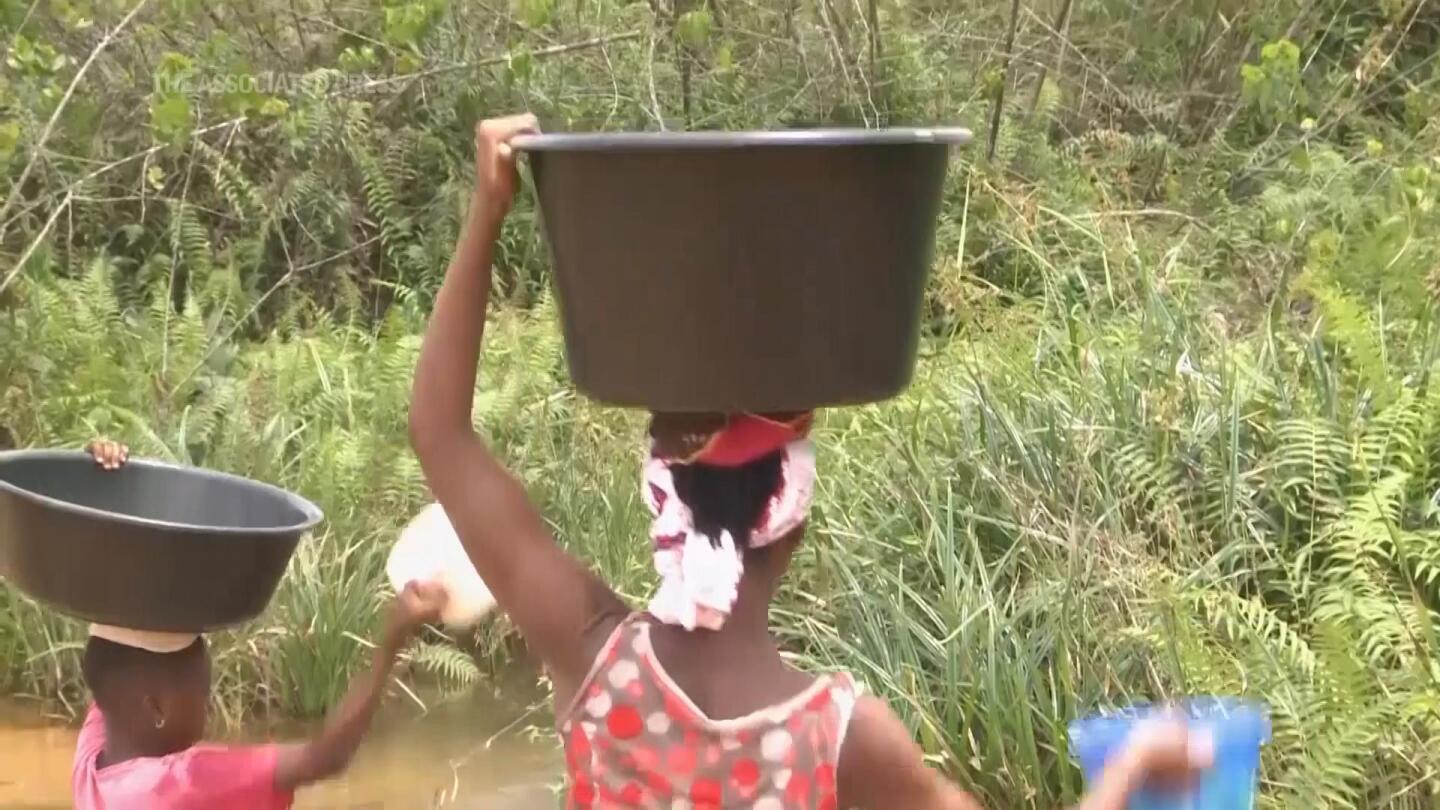Take out dams and keep the Snake River salmon’s last, best place
The upper Snake river of the PNW is one of the last great habitats for Pacific Salmon. However, its pristine waters are blocked by a multitude of dams used for power, irrigation, and shipping. With the population of Salmon dwindling to near extinction levels due to these dams, there is only one thing left to safe them: remove the dams.
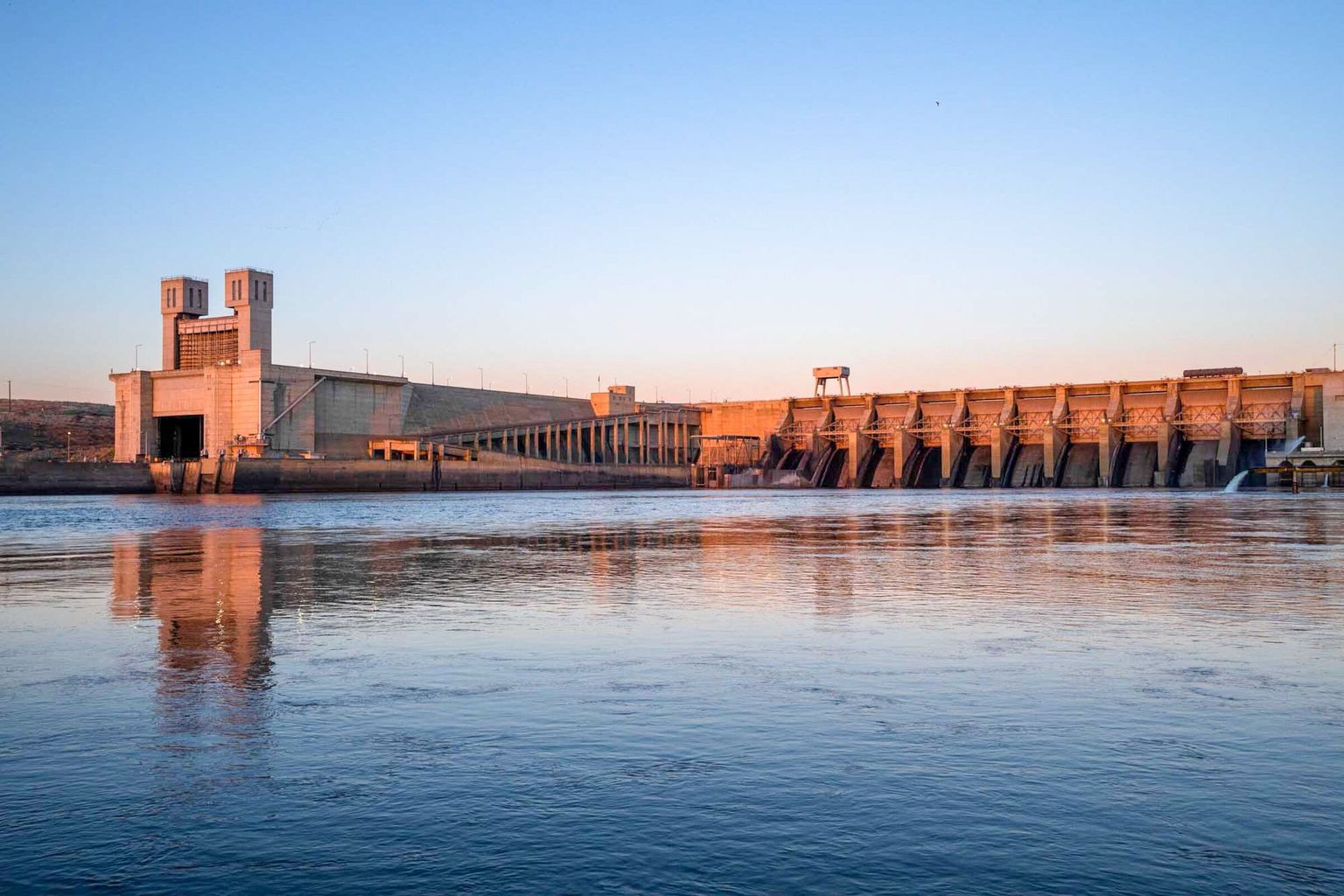
But until the White House and Congress tackle the heart of the problem — four dams on the Snake in Eastern Washington that are, quite literally, blocking the way to recovery — these once-epic populations will continue to slide toward extinction.
A famous theologian once said, “Not to decide is to decide.” That seems to be the approach of these policymakers as they ignore the free-falling decline on the Snake.
Three years ago, U.S. Rep. Mike Simpson, R-Idaho, said what conservationists have long known. We can remove the dams, reopen hundreds of miles of rivers to salmon and steelhead, and replace the dams’ socio-economic benefits: irrigation, power, barging for agricultural products. Gov. Jay Inslee and U.S. Sen. Patty Murray affirmed this conclusion.
But building on decades of senseless inaction, their fellow elected leaders and policymakers are fumbling away the most promising opportunity to recover imperiled salmon and steelhead, and in the process failing to make good on America’s treaty obligations to tribal nations.
The Snake is a five-star hotel for salmon and steelhead. Forty percent of its lands and waters are wilderness quality, and it possesses 50% of the remaining habitat for these fish in the West.
The four dams on the lower Snake are relics of the 1950s, concrete anchors locking us into anachronistic thinking and destined to be tombstones for wild salmon and steelhead runs if we do not change course.
My life in conservation began many years ago when I witnessed the wonder-inspiring journey that salmon make, returning sometimes thousands of miles from the ocean to their natal streams to spawn and die, their decaying bodies providing the nutrients that power the cycle of life.
In a free-flowing system, their progeny, known as smolts, would be flushed downstream by high spring flows in a few days.
Instead, they face a two-week journey through 140 miles of warm reservoirs created by the Snake dams.
These small fish — carrying genetic code thousands of generations old — die in turbines. They are attacked by predators in the stagnant water above the dams. They perish in the tanks of barges that attempt to move them past the dams. More than 50% never make it past the dams. Fewer than 1% return to spawn, which is not a sustainable number.
We have spent $25 billion in a failed effort to recover these fish. For 50 years, we have barged salmon past the dams, created fish ladders, spilled more water over the dams, built hatcheries and deployed dozens of other mitigation strategies.
But we now know that the only way to recover wild Snake River salmon and steelhead is to remove the dams. So say scientists at the National Marine Fisheries Service, calling dam-breaching “the centerpiece action.”
We could keep waiting. We could conduct more studies. We could stand by as elected leaders issue platitudes praising salmon but refuse to aid in their recovery and refuse to make good on treaties with tribes that relied on these fish for thousands of years.
Or we can decide to demand dam removal and salmon recovery. We can decide to stand with the tribes. We can decide to act.
Something will have been lost from our humanity if we allow these fish to slip into extinction. Will we walk away as a nation knowing we could have intervened? What a loss. What a stain on our nation; to humanity, really.
We can replace every social and economic benefit provided by the Snake River dams.
But the salmon and steelhead? They need a free-flowing river. We just need to decide — decide that we want to give them one.
What is Your Reaction?
 Like
0
Like
0
 Dislike
0
Dislike
0
 Love
0
Love
0
 Funny
0
Funny
0
 Angry
0
Angry
0
 Sad
0
Sad
0
 Wow
0
Wow
0
































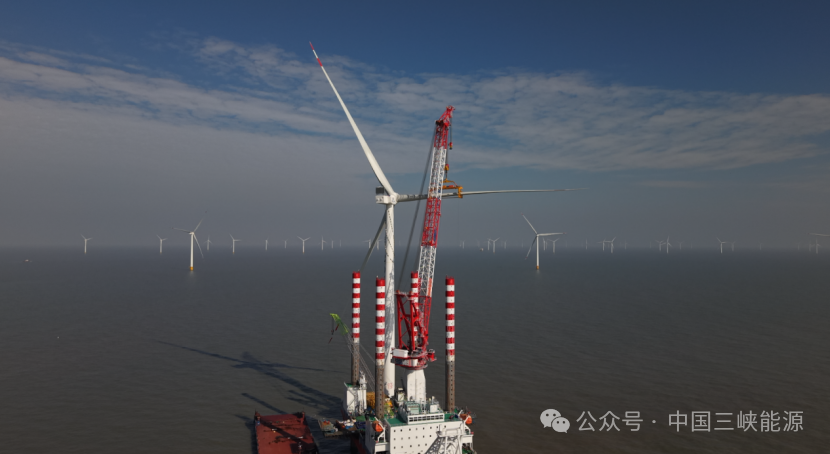










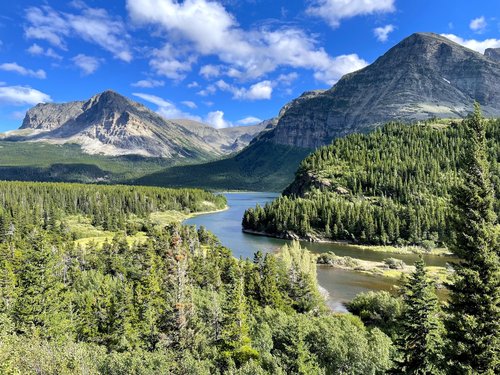






.jpg.webp?itok=0ZsAnae9#)





/environment-climate-change-and-health-(ech)/water-sanitation-hygiene-and-health-(wsh)/landfill-tuvalu-36092.tmb-1200v.jpg?sfvrsn=5c21fe40_1#)


